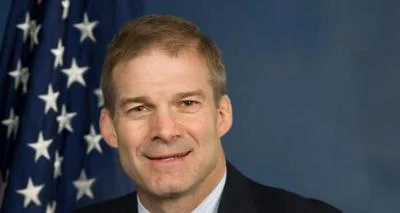Dear Administrator Pekoske:
We are writing to express concern with recent statements by some activists calling for physical attacks on energy infrastructure. We encourage TSA to work closely with critical infrastructure operators to detect and deter potential threats to public safety, the environment, and energy reliability.
Recently, the New Yorker Radio Hour interviewed the author of a book titled “How to Blow Up a Pipeline," during which the author encouraged “tactics of sabotage" and “property destruction," including “blowing up a pipeline that’s under construction" in “spectacular fashion." The author argues that these tactics are necessary to achieve certain energy and climate goals. Unfortunately, the media attention about this book has generally failed to overtly decry the book’s calls for criminal action. Needless to say, sabotaging pipelines during construction or operation can be deadly for communities and workers and disastrous for the environment.
Unfortunately, amplified calls for extreme action have created disturbing real-world consequences. Last December, activists sabotaged natural gas systems in Aspen, Colorado, putting thousands of lives at risk by leaving families without heat or hot water during freezing temperatures. In June of this year, protesters forcefully entered a pipeline pump station under construction in Minnesota, trapping workers and damaging equipment-including destroying environmental safeguards. Despite claims that these actions are seeking to protect the environment, damaging pipeline infrastructure always puts people and the environment at risk.
TSA reported a noticeable increase in pipeline security incidents in February 2021. As the lead federal agency overseeing pipeline security, TSA is responsible for engaging with pipeline operators to detect and deter both physical and cyber threats. TSA inspectors conduct physical security reviews of critical pipeline facilities and engage pipeline operators in threat intelligence sharing. Based on TSA’s pipeline security work, we request your prompt response to the following:
1. What are TSA’s capabilities for detecting and deterring physical threats to pipeline systems, in coordination with pipeline operators?
2. What are the top pipeline physical security threats and trends that TSA is currently monitoring? How has TSA disseminated timely, actionable threat intelligence on physical security threats to pipeline operators?
3. Are there actions that Congress can take to enhance TSA’s capabilities for detecting and deterring physical threats to pipeline systems?
4. A classified briefing for the Committee from TSA on its threat assessment of critical pipeline infrastructure.
5. Assurances that TSA is engaged in regular inter-agency information sharing on potential threats.
We look forward to your response and to continuing to work with you to enhance the security of pipeline infrastructure.
Source: House Committee on Transportation and Infrastructure








